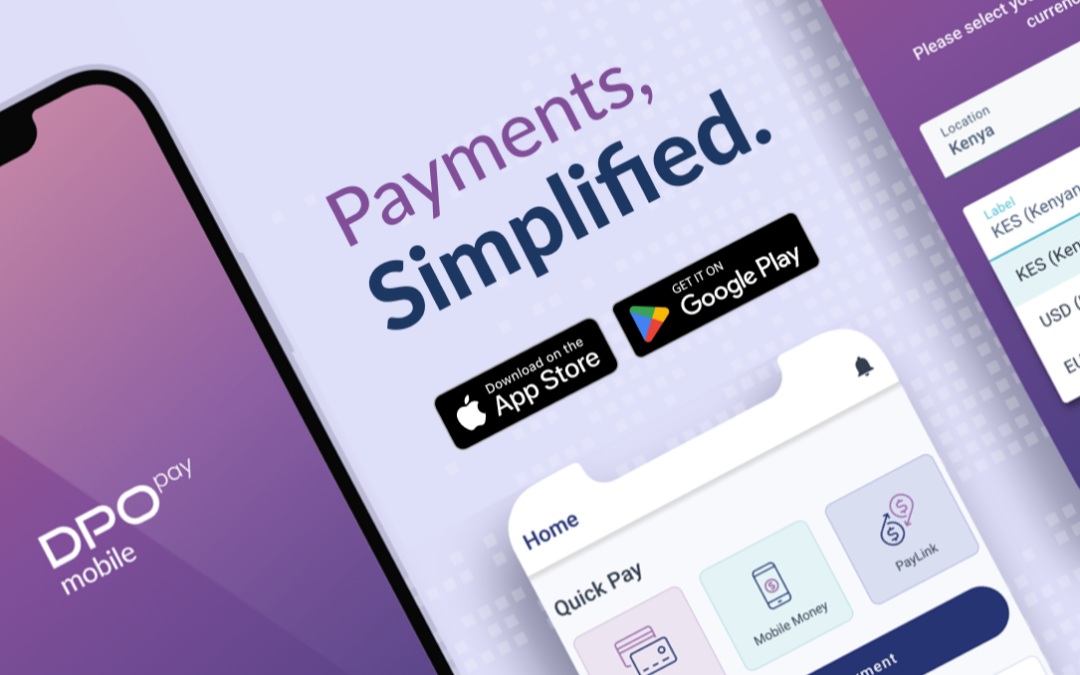Running an ecommerce business in Africa isn’t without its own unique set of challenges. However, regardless of these hurdles, African ecommerce is showing continued growth. What exactly are the challenges that merchants face, and what are the strong forces behind the continued ecommerce growth?
The challenges African eCommerce faces
Let’s take a look at the main challenges facing ecommerce growth in Africa:
Low Internet penetration and expensive data
Until recently, many Africans were unable to access the Internet. Of course, without widespread Internet access, shopping online is almost impossible. However, numbers are rising. It’s estimated that 31% of all Africans can access the Internet – which is a great improvement from 10 years ago, but still a long way to go.
In some locations Internet access is the norm, such as in Nigeria, where more than 90 million people have access to the Internet. Many Africans are turning to their mobile devices for Internet connection if home wireless is not an option, although data plans can still be expensive.
Lack of infrastructure
Delivery and logistics are a big challenge in African countries, where uneven terrain and unmarked roads are par for the course. Populations tend to be more dispersed, leading to increased delivery times and other difficulties. Electricity isn’t always reliable either, which as you can imagine, can possibly cause issues for a predominantly online business.
Fear or lack of trust in online merchants
For Africans who are new to accessing the Internet, the thought of making a purchase online can be unnerving. Fears of fraud and mistrust of ecommerce stores can prevent customers from feeling comfortable enough to enter their payment details online.
However, there are ways for a merchant to decrease this mistrust. One way is by using a PCI DSS Level 1 certified payment service provider, meeting the high security standards and showing customers that their payment information is in safe hands. Also, merchants can choose to offer a ‘pay on delivery’ system, where customers pay once they’ve received their goods using a delivery driver’s mPOS device, or a mobile or tablet with an app that processes payments easily.
Every region has its own culture
Each country in Africa is truly its own location, with a unique culture and specific requirements. When it comes to ecommerce, some African populations prefer ‘cash on delivery’ payments, and others prefer mobile money. Some countries will prefer delivery by motorbike, and others will want to pick up goods from a brick-and-mortar store. Customers in each country will be interested in a different array of products, and meeting the requirements of each country is a daunting task for any online merchant.
So, what’s fueling ecommerce growth in Africa?
While these challenges might seem like they would slow down the move towards online shopping, statistics show otherwise. According to a report by McKinsey, African ecommerce is predicted to grow to an impressive $75 billion by 2025!
What’s behind this ecommerce growth?
Mobile device usage
Mobile connectivity is definitely a key feature in the ecommerce landscape of Africa. The majority of Africans connect to the web on their mobile devices, and this has been a huge factor in the growth of ecommerce. Making sure an ecommerce website is mobile-friendly, with responsive designs for smaller screen sizes, is high on the list of priorities for every online store.
Mobile money
Another highly important trend for ecommerce is the proliferation of new, advanced mobile payment methods. Mobile money allows unbanked Africans to access the world of online shopping despite not having access to formal financial services. African businesses that use hosted payment pages provided by a PSP are able to give their customers a mobile-friendly, secure, and streamlined payment process – increasing customer satisfaction and allowing people to pay for their goods in just a few clicks.
For an example of just how successful African ecommerce can get, look at Jumia, known as the largest ecommerce platform in Africa. Jumia has sites for many different countries in Africa – meeting the cultural sensitivities of each location and providing them with ecommerce services tailored to their needs. On their site, customers can purchase electronics, clothing, food, and more. They even have dedicated travel sites to assist people with booking hotels.
Jumia’s thriving Kenyan website preparing for ‘Black Friday’ sales (Source: jumia.co.ke)
At first glance, the challenges above might seem like they would interfere with ecommerce growth; however, thanks to increased mobile phone connectivity and a wide range of mobile payment solutions, Africans are making purchases online more than ever before. Now is an ideal time for merchants to embrace the world of ecommerce.








